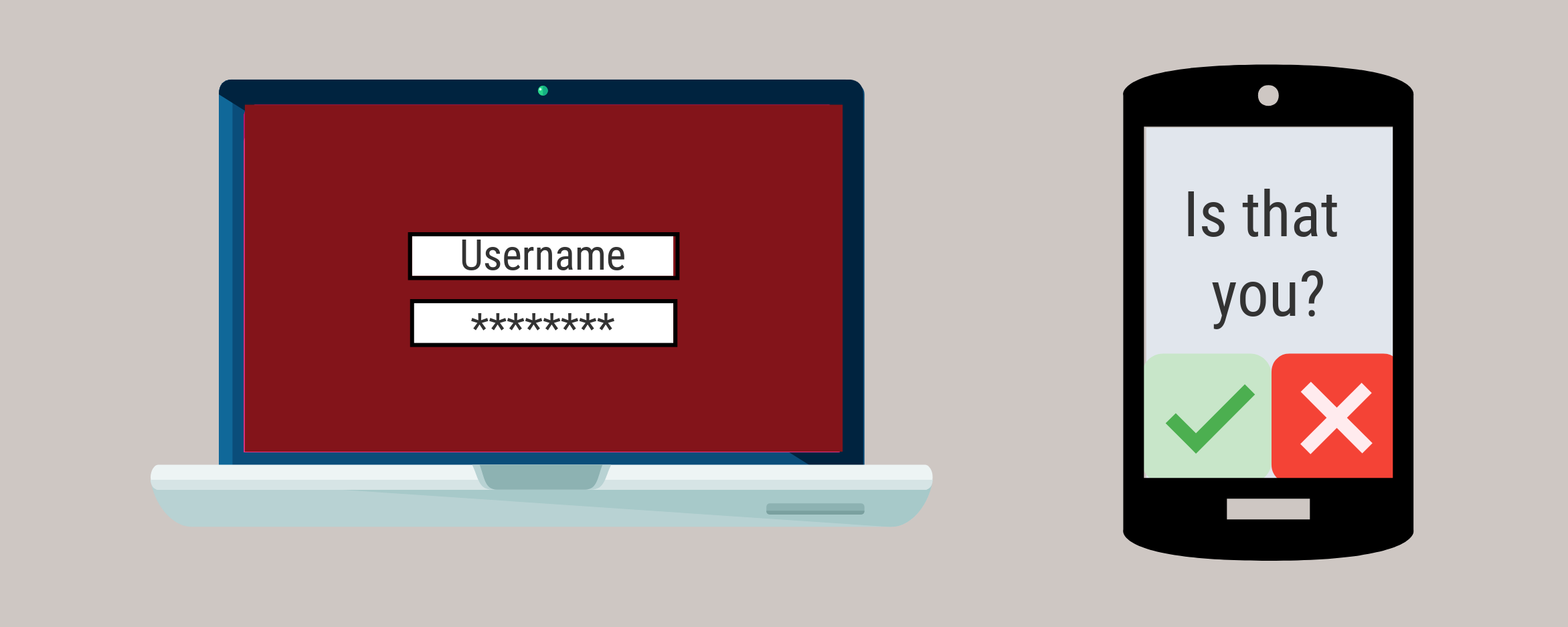7. Multi-factor authentication
Single-factor authentication
Single-factor authentication requires only one type of login method, such as a username and password. This has previously been the usual way to log in to accounts on many websites and platforms.
This method can reduce your account security as anyone who gets access to your login details will be able to get into your account.
Two-factor and multi-factor authentication (MFA)
In recent years, two-factor authentication (2FA) and MFA have become more common ways to log in to online accounts to help protect users from data breaches.
After a user has entered their normal login details (username and password), they are prompted to confirm their identity in another way, i.e. entering a code sent via text or email, confirming the login attempt via an app on their phone or entering a code generated by an authentication device.

2FA requires two methods of authentication and MFA requires two or more methods. Examples of other multi-factor authentication options are biometrics like FaceID by Apple and fingerprint scanning.
We recommend that you turn on MFA for your accounts wherever possible.
Protect Yourself: Multi-Factor Authentication from the Australian Cyber Security Centre (ACSC) has links with instructions for setting up MFA on different services, such as email, banking, shopping, gaming and social media.
MFA at UQ
UQ requires you to use MFA to log in to UQ systems.
The my.UQ Multi-factor authentication (MFA) page explains how to activate and troubleshoot MFA at UQ.

